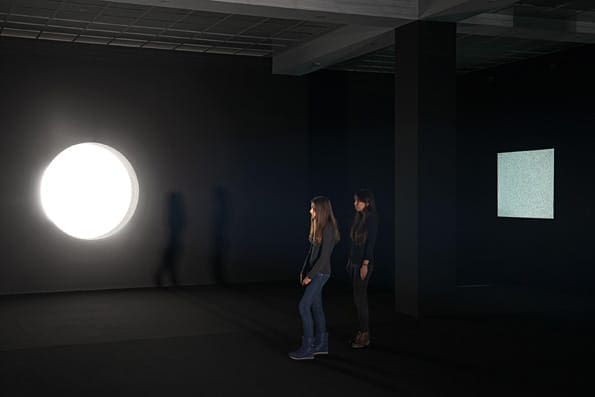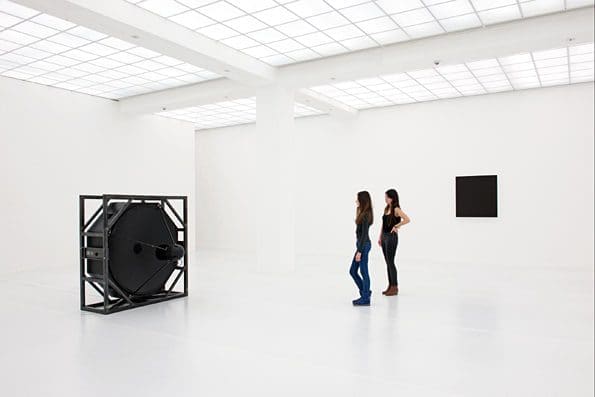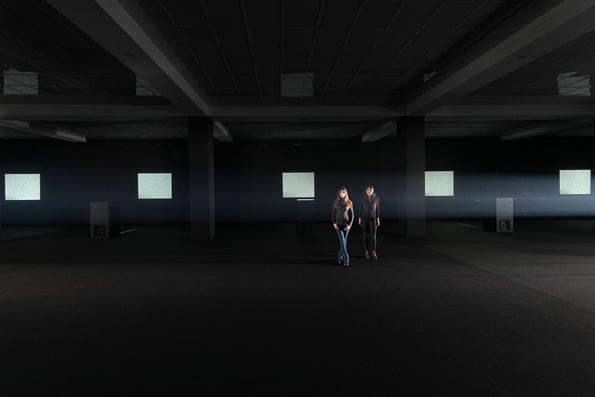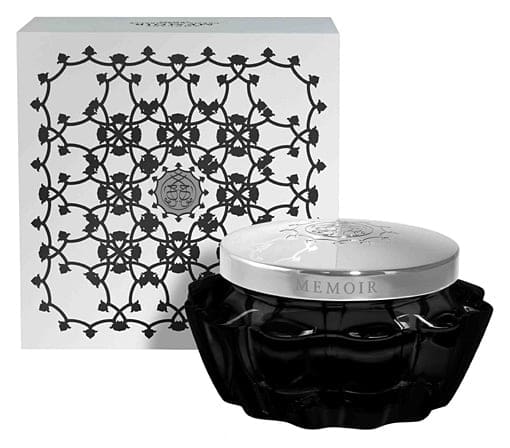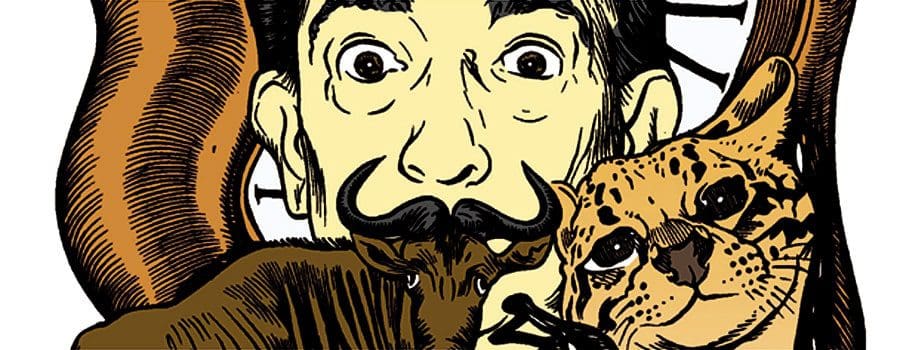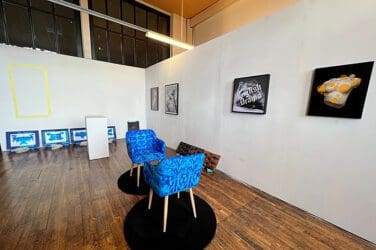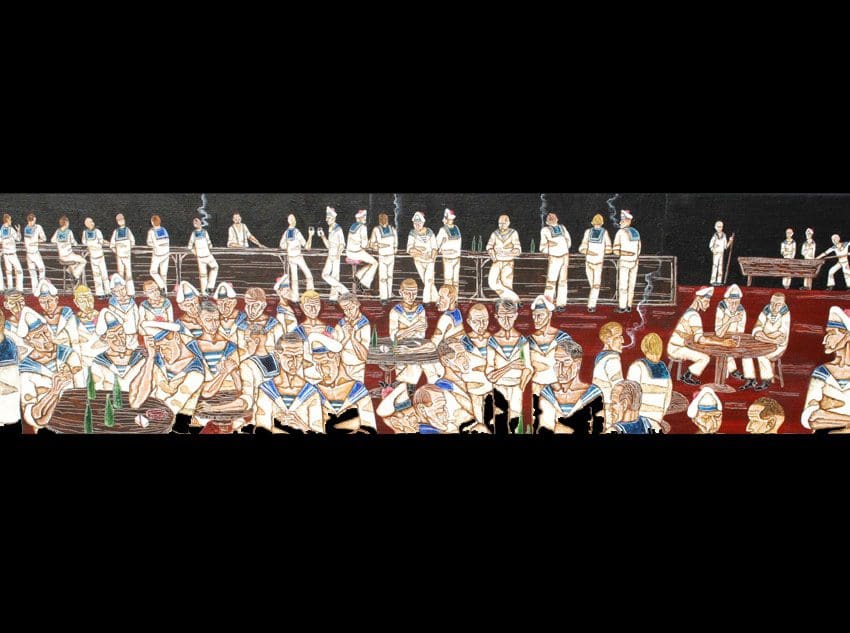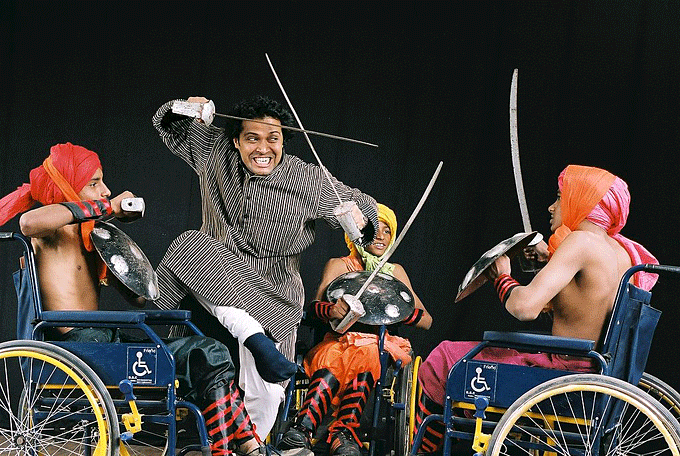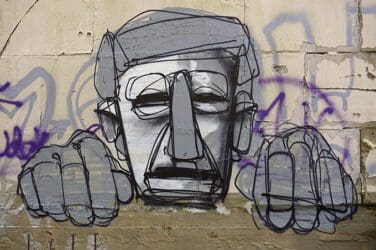by Sophia Satchell Baeza
Japan’s leading electronic composer and visual artist Ryoji Ikeda has created a playful and interactive minimal playspace in the confines of Berlin’s Hamburger Bahnhof museum.
Entitled <<db>> (or decibel), Ryoji Ikeda has created two diametrically opposing rooms that break down and deconstruct audio and visual impulses by reducing them to the bare minimum – whether they be sine waves, numerical data, sound pulses, colour ranges or pixels of light. In doing so, Ikeda has created an ultra-heightened, incredibly spacey, and joyously playful sensory experience. Don’t be afraid to have fun with it.
<<db>> is the artist’s first solo exhibition in Germany, and the spaciousness of Berlin’s Hamburger Bahnhof museum seems perfectly suited to these pieces. Berlin, with its vibrant experimental cultural history, is regularly at the forefront of pushing new boundaries with sound art, which it does through a month-long sound art festival called Sonambiente (held in 1996 and 2006), the International Sound Art Festival Berlin in 2010, a gallery devoted entirely to sound art (Singhur), and the specialised store Gelbe Musik, among other outlets.
This exhibition is the first in the history of the Hamburger Bahnhof to span both halls of the upper level of the museum’s east and west wings. Whichever room you go into first – the black room or the white room – affects your entire experience of the piece irreversibly. We started with black, ended with white, and the experience created a peculiar sense of disorientation. One room is painted entirely black and lined with video projections on both walls of the space, encouraging audience members to walk through, underneath and past projections of numbers. These millions of whirling, ever-changing numbers speeding by at an ultra-fast frame-rate create a moving patchwork that alternates and stops at regular intervals, in synch with the minimal music (in fact, it has been calculated that 1.3 billion digits will be projected throughout the exhibition’s run).
This piece, known as “the transcendental [nº4]” (2012), uses esoteric mathematics to create an alternate space where numbers speed onwards towards infinity. Audience members can stand in front of the video projections, and watch numbers gathering and whirring onto their face, or raise their glasses against the screen to watch the speeding numbers expand. A beam of white light is projected by a searchlight into the centre of the black room, and is directed through a hole, so it becomes visible as a white circle at the other end. Again, the space encourages you to play – we stand in the light projection and watch as millions of dust motes swirl around in the light, pushed by other people’s movement; or we walk across the searchlight and stand in front of the empty circle, with a powerful white light glowing behind us.
In the white room of the museum’s other wing, the effect the space imposes on you is entirely different. The walls of the room are shocking white and anaesthetic, with the glowing and sanitary cleanliness of the room reminiscent of a hospital or a mental ward. A black super-directional parabolic soundspeaker at one end of the room stands out dramatically against the sea of white, and plays a constant sinus wave – this sound effect is at once soothing and disturbing. The black speaker projecting noise into a white room is an interesting visual counterpart to the beam of white light being projected into a black room. The black squares described as “the irreducible [nº1-10]” (2009) reveal themselves to be tiny numbers (of over 1 million between the ten paintings). The overall feeling of the two rooms is of a dreamscape between two worlds, and what’s more, its fun: couples kissing in light projections, people photographing themselves in front of number projections or behind the white circle. The audience’s participation is as much a part of the exhibition as the work itself.
Ryoji Ikeda’s <<db>> exhibition was at the Hamburger Bahnhof museum, Berlin 28th January – 9th April 2012. See more on Ryoji Ikeda at www.ryojiikeda.com.
Visit Hamburger Bahnhof Museum.
Artist Feature by Sophia Satchell Baeza


